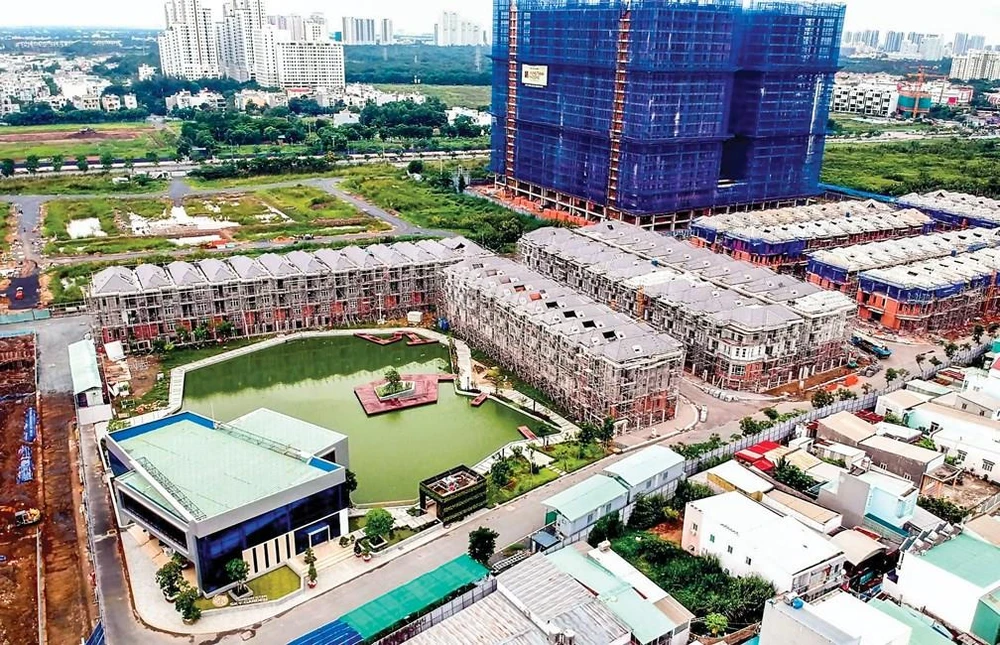
Different procedures
According to Clause 7, Article 19 of the Urban Planning Law, the developer has to present a 1/500 detailed plan of the project. The approval of this detailed plan will be the basis for getting the construction certificate and implementing the construction plan.
Furthermore, Clause 4, Article 20 of Decree 11/2013/ND-CP dated 14 January 2013 says “approval of the authorities on the investment plan is the legal basis for the developer to ask other delegated authorities to further appraise the project and approve the construction plan”.
Besides, the Construction Law also mentions that the approved detailed plan is the legal basis to get the construction certificate and implement the construction plan.
However, the proposal to get the approval for the 1/500 detailed plans of many projects has been postponed because of confusion between interpretation of two words, “investor” and “developer”. According to Clause 7, Article 19 of the Urban Planning Law, only a developer is allowed to ask for the approval of a 1/500 plan, not the investor.
Le Hoang Chau, President of Ho Chi Minh Real Estate Association said that there are different ways to understanding the words “approve the investment plan in accordance with the investment regulations and laws” which are mentioned in Clause 4, Article 14 of Decree 43/204/ND-CP.
The unclear terms in different legal documents have created different interpretations. For example, some people think that “investor” is not “developer” as “investor” is not certified by the authorities to be the “developer”. Consequently, the 1/500 plan of the project where the investor is not certified as a developer will not get the approval. The term of “investor” in the Investment Law is used as it is applied for the investment projects of manufacturing sectors and the projects of commercial residential apartments. The term “investor” here has a larger meaning. It includes the investor of real estate projects, investor of manufacturing, commerce and service projects, and even foreign investor who invests in some project which has to lease the land. To conclude, the term “investor” includes both “developer” and the “investor” who uses the land to propose an investment plan.
Bottleneck in mixed land area
Currently, many real estate projects are on hold as they have some public land areas included in these projects. According to the Public Asset Management Law, these public land areas must be auctioned.
However, most of these public lands are located at different and fragmented areas which are hard to consolidate into becoming an independent project or to be auctioned separately. Most real estate projects which have these public land areas have to wait for the Natural Resource and Environment Office to ask for the guidance of the Ministry of Natural Resource and Environment. After getting the guidance, which is created on “case by case” basis, the Natural Resource and Environment Office will consult the People’s Committee of Ho Chi Minh City in collecting the land use tax of these public land areas without using the land bidding or auction method.
According to the Construction Office of Ho Chi Minh City, only 26% of commercial residential apartment projects have 100% residential land. The other 74% projects which are mostly located in suburban districts have mixed land areas which include residential land, public land, as well as agricultural land. The public land and agricultural land areas constitute about 10% of total area of these projects.




















